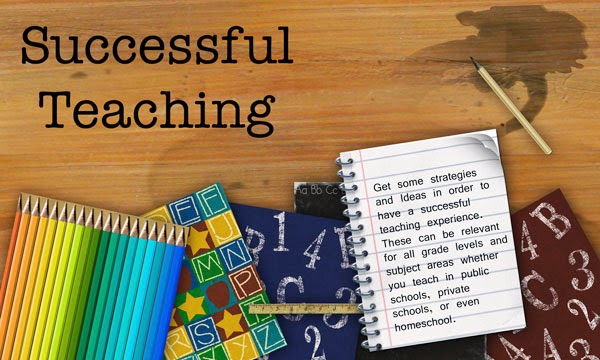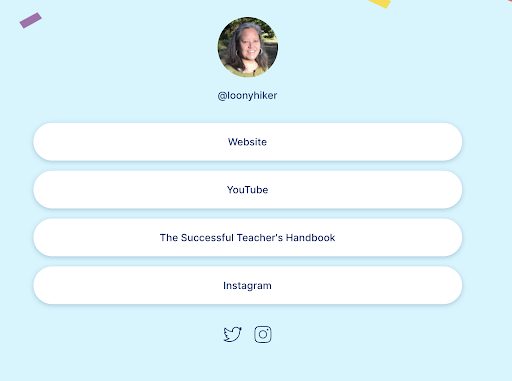
Apparently a group on Facebook who was inspired by a South Park episode encouraged kids to beat up others who had red hair and freckles. At one school a 12 year old boy was surrounded by a group of 15 others (some were even his classmates) like a pack of wild animals and attacked him. They took him down and kicked him repeatedly.
This is just more evidence on how what our children watch can influence them. There is so much violence and profanity on television now that I think our children are desensitized to it. They think it is so cool to do these kinds of things. Even worse, many of these shows are showing that the “bad guy” gets away with it.
I have watched an episode of South Park once and swore that I would never watch that again. But apparently enough people watch this so they get advertising and continue to broadcast. I was horrified with the disrespect these characters use to interact with others. How can parents allow their children to watch this garbage?
At first I thought that this type of stuff should be banned from the airwaves! Of course my husband disagreed (amazing that we got married since we don’t agree on a lot of things but I guess after 30 years of togetherness, I should be glad we agreed on the important things!). He felt that censorship is “big brother-ish.” When I calmed down, I had to agree but something needs to be done. Parents need to monitor what their children are watching. If people don’t watch certain programs, their ratings go down, advertisers won’t pay for advertising and these programs will go away.
What happened to those great family shows? They don’t seem to make them anymore. I remember my children watching Little House on the Prairie, Eight is Enough, Our House, and Touched By An Angel. Those were great wholesome shows that a family could watch together and even talk about. Even now I tend to watch the Hallmark channel a lot because those shows just make me feel good about the world and others.
I watch a lot of TV shows now that my children are grown up but I don’t think I would have watched these shows with them. There is so much violence and blood in shows like CSI, Law and Order SVU, NCIS, and other shows like this. I didn’t let my children see those horror movies that “everyone else” got to see. I didn’t let them watch TV shows that “everyone else” got to watch. Maybe I was a fuddy-duddy (do they still use that phrase?) but I felt it was my responsibility as a parent to set these limits.
I hope some of these parents with young children will start to wake up and realize that they have a responsibility. It is time to say no to these movies and shows. It’s time to tell our children no. They do not need to watch these shows and encourage their continuing influence. They do not need to do what “everyone else” does because, let’s face it, not “everyone else” really does it!
Okay, I will get off my soapbox now. I just got so upset with this story and it all boiled over. Now, tell me what do you think? Do you let your children watch these types of things? If so, convince me why I shouldn’t feel this way. I’m not sure you can but I’ll keep an open mind.
Original image: 'Little Redheaded Boy at the Atlanta Zoo'
http://www.flickr.com/photos/93229003@N00/3431837959 by: Steven List
























